Interviewers/Authors: Yukina Yoshioka, Kotaro Teshima
Fukuda Art Museum opened in Arashiyama, Ukyo-ku in 2019. The museum has approximately 1,800 artworks collected over the past 20 years or so by Yoshitaka Fukuda from Kyoto—the founder of Aiful, a major consumer finance company—for the purpose of establishing an art museum. The museum’s concept is to display artworks so that “even those who are not familiar with art will be impressed when they see them.” In addition to Japanese artworks by the Rimpa school and the Maruyama and Shijo schools of the Edo period (1658~1716), the museum also has many works from the modern Kyoto art world. The museum also has a café called “Bread, Espresso & Arashiyama Garden,” which is a place where people can enjoy not only art but also a nice cup of coffee.
Deputy Director, Fukuda Art Museum: Riko Takemoto

―How long have you been working here, Ms. Takemoto ?
Takemoto: I’ve been involved in this work since the basic design for the Fukuda Art Museum was completed. I’ve been working here for about six years as deputy director. Before the museum was built, I was involved in the design review first. Then I worked on selecting and deciding everything related to the operation and put the “soul” into the building. Since the opening of the museum in 2019, I have been working hard every day, keeping in mind what kind of art we should exhibit to please our customers.
The founder planned to build the museum with the goal of “Giving back to Kyoto, the city where I grew up,” and began collecting artworks. When it came time to finally launch the museum, he wanted someone who understood both art and management, and I happened to fit the bill. After the interview, I was offered the job of deputy director.
―What kind of people does Fukuda Art Museum target?
Takemoto: I want people of all ages, nationalities, and genders to come to our museum. In Arashiyama, where people from all over the world gather, we have made various efforts to make our museum enjoyable also for people who are not very familiar with art. We exhibit artworks by painters who are closely related to Kyoto, and we also have exhibitions to encourage foreign visitors to take an interest in Japan.
―What is the Museum in Ukyo-ku?
Takemoto: Local people in Arashiyama often say to us, “The image of art museums in Kyoto is that of Okazaki and Higashiyama, but how nice of you to build this museum in Arashiyama.” I think it’s significant that we’ve created a place here where people can enjoy both nature and art, which has been a source of inspiration for artists for more than 1,000 years. I think we were able to give Arashiyama a new image.

―Are you making any efforts to attract visitors from overseas?
Takemoto: When the museum opened three years ago, we provided Japanese, English, and Chinese explanations for all of the artworks. We were helped by a native English speaker to translate the description of our artworks. We put a lot of effort into creating explanations that would be understandable to foreigners who were completely unfamiliar with Japanese culture. However, since that time, the spread of the coronavirus has caused the number of visitors to Fukuda Art Museum to decline dramatically. The decrease in the number of visitors made it difficult to provide explanations in foreign languages for all of the artworks due to the tight budget. However, now that the coronavirus has calmed down a little, we are planning to hold an exhibition this fall that can be enjoyed by visitors from overseas. Specifically, we will exhibit works by Matsuo Basho, Yosa Buson, and Ito Jakuchu, who are associated with Arashiyama. We hope that foreign visitors will become interested in Kyoto and Japan through haiku and Japanese paintings.
―What is the thinking behind this museum’s concept, “We want to make it an art museum that will last for 100 years”?
Takemoto: I believe that this business is not a project that ends in a moment, but one that must last for a long time. Arashiyama is known as a “villa area of the millennium,” so we aim to create an art museum that will last as long as Arashiyama. We have about 1,800 artworks in our museum, 99% of which are Japanese paintings. We hope that many people from various countries will enjoy Japanese art, including works related to Kyoto and works by painters who were once active in Kyoto.
―This museum is located in Arashiyama. Are there any other places you like in Ukyo-ku?
Takemoto: There are many wonderful places in Ukyo-ku, including Arashiyama, but I especially like Okusaga. It was a favorite place of Emperor Saga during the Heian period about 420 years ago, and the wonderful scenery makes it easy to understand why. I would like people outside of Ukyo-ku to know about this attractive place that retains its ancient appearance.
―What kind of town do you want Ukyo-ku to become in the future?
Takemoto: I’m happy that people come to Ukyo-ku because it is a popular tourist destination, but I’d like to say that it is not just a temporary place for short trips. I want to convey the message that it is a good place to visit any time of the year. In particular, Arashiyama is a special place with beautiful scenery at any time of the year, whether in spring, summer, fall, or winter. Kyoto people subconsciously think of Arashiyama as a place for tourists, but it’s also a place of history and culture that the locals should be proud of. In fact, the entire Ukyo-ku area, not only Arashiyama, has a lot of historical and cultural heritage, and I hope that as many people as possible understand the value of this heritage, and that we can all cherish Arashiyama together.
―Do you have any messages to the readers of this website?
Takemoto: There are so many good places to visit in Kyoto, not only Arashiyama. I hope you will find your own favorite place that you cannot find on the Internet or in guidebooks. I hope that the charms of Ukyo-ku will be communicated domestically within Japan and even to foreign countries, and I hope that Ukyo-ku will become better known and the community will be revitalized.
Interviewer’s Comments
At the time of this interview, I felt the love for Ukyo-ku and Arashiyama from everyone who works at Fukuda Art Museum. I’m glad that I was able to discover that there are still many good qualities of Arashiyama that are not yet well known. I would like to promote the hidden goodness of Arashiyama.
(Kotaro Teshima)
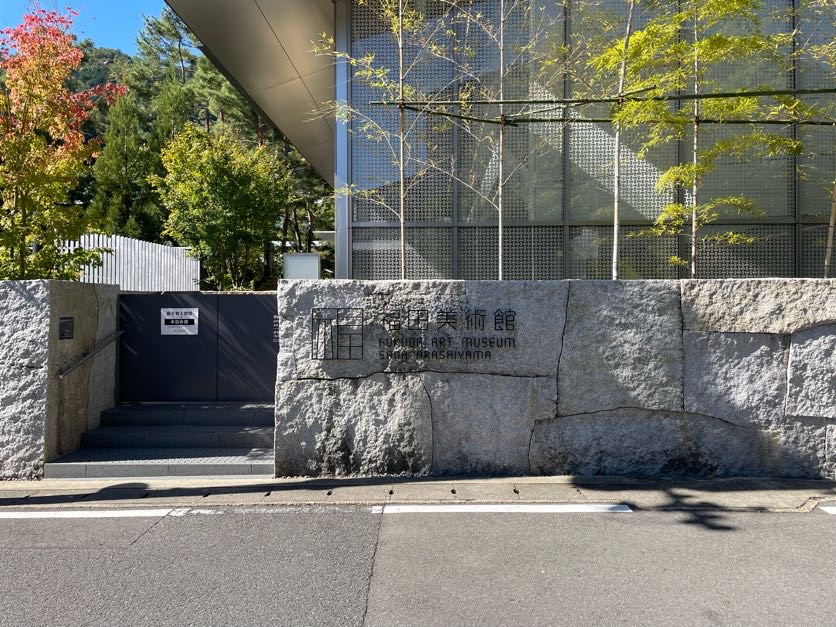
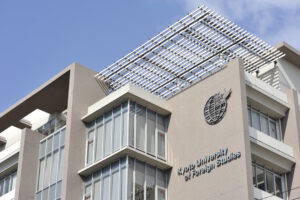
![京都 春爛漫[4820]](http://ukyovoices.pya.jp/wordpress/wp-content/uploads/2023/01/6542e8aea0d7c4029269fb8d5f01f48b-300x200.jpg)

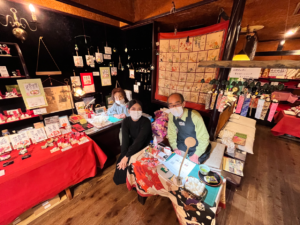
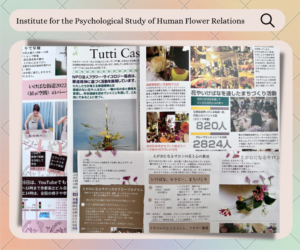
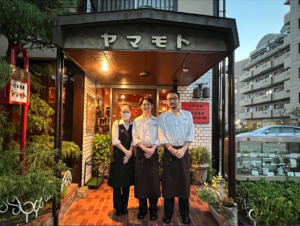
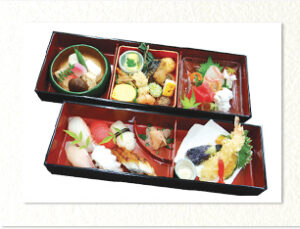
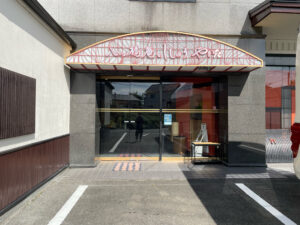
Comments